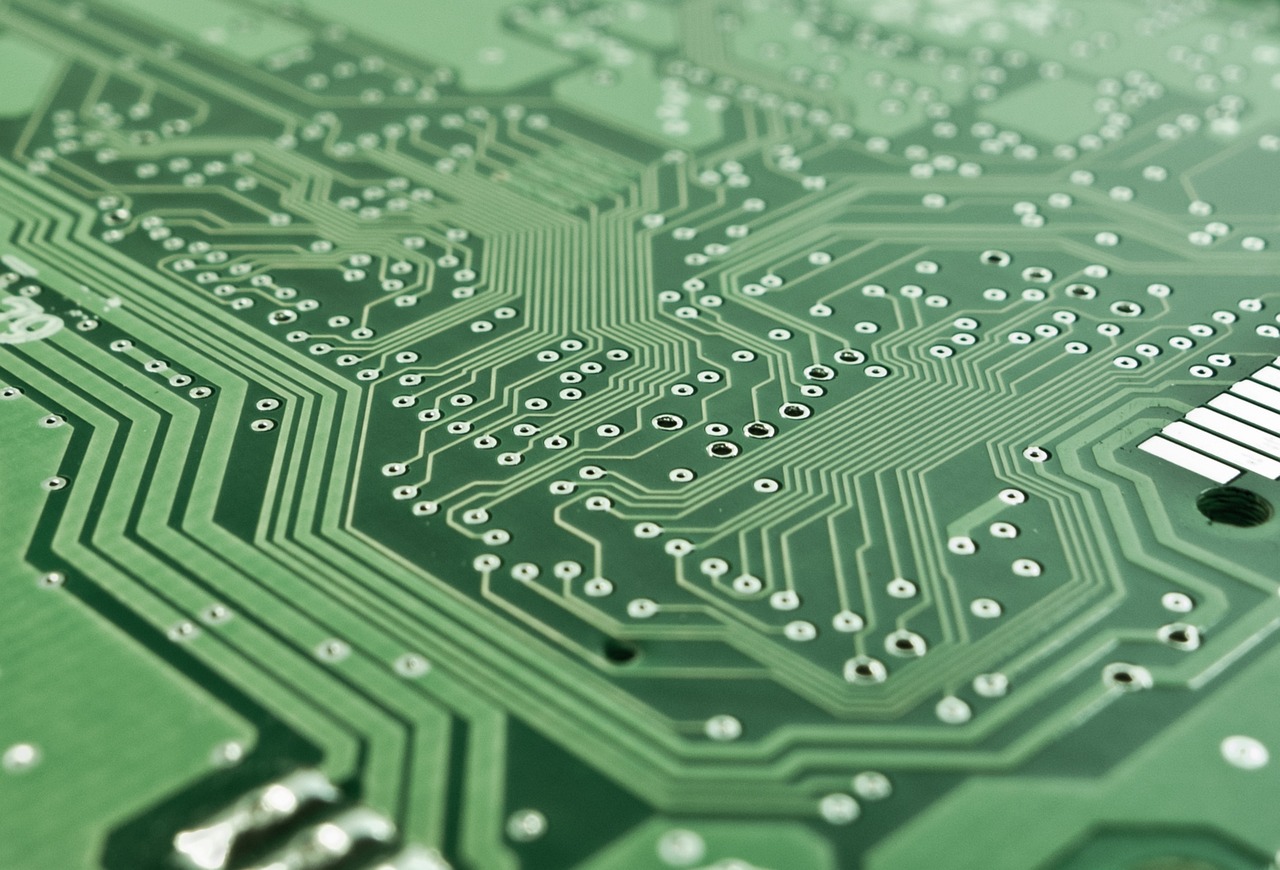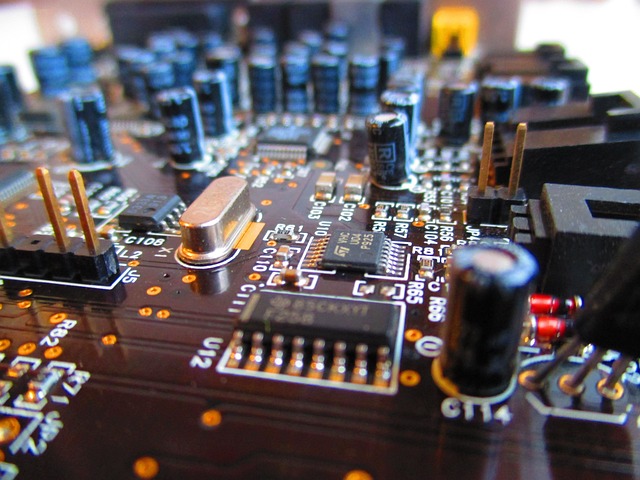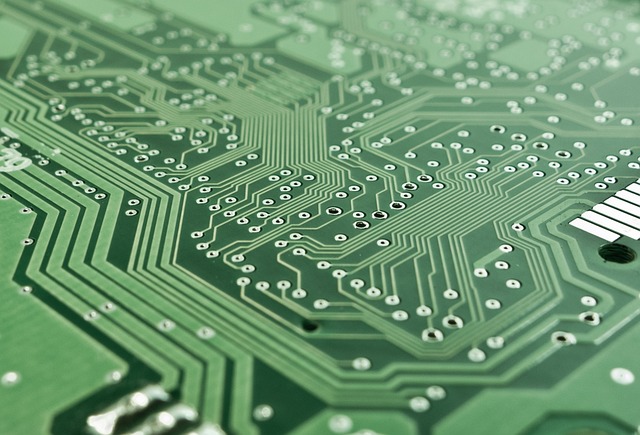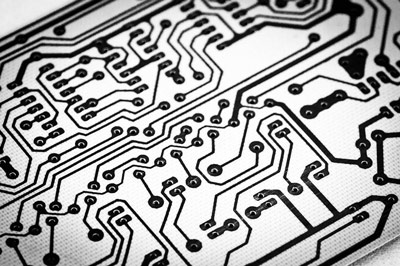Through circuit industrialization, a successful prototype is transformed into a product ready for mass production…

Printed cables: characteristics and uses
Printed cables or PCBs are central elements in any electrical system. Widely used, they can be found in facilities of all kinds. With an economic price and a very high reliability, they become essential elements that will help in the electrical systems that you want to install or prepare. Here’s an in-depth explanation of how they work.
What are the printed cables?
Printed electronics can be understood as one in which all its components are connected in the same internal circuit. That is to say: instead of consisting of a series of well-differentiated parts, all of these will be interconnected and will form part of the same unit or base.
They are made with copper as a conductive element combined, in turn, with other non-conductive elements. The general structure is then veneered and covered with a screen for greater comfort and handling.
What happens, ultimately, is that all the elements will be within the same mechanical sheet, in which there will be the necessary interconnections. This makes electrical systems much more convenient and simple, eliminating much of the copper wiring that might otherwise be needed and making the systems just as efficient.
In addition, as already noted, this option is much cheaper. Therefore, within different branches of electricity, this is a resource that is more than used.
Applications and uses of printed electronics
The PCB and this wiring model is very practical for different reasons. These are the most common ways to use them, although there are more:
- LED lighting. This is an example of the many fields in which this electricity has been revealed as fundamental. In the case of the LED light, what it does is transfer the heat produced by the circuit away from the bulb, so that it does not overheat and can continue to work for longer.
- Consumer electronics. Given the economy and the ease of implementing this type of system, there are many devices for daily use that integrate them to use them. Thus, within consumer electronics, you can find an infinite number of products with this approach. From mobile phones to laptops, for example.
- Medical devices. This sector does not stop specifying all possible advances to integrate their systems. There are many devices that may also need these solutions, since they thus manage to reduce costs and obtain easier operation in diagnostic machines.
- Military uses. PCB-based systems have two characteristics: they are highly durable and they are highly reliable. These types of characteristics are essential within the military and weapons sector. They offer correct operation and will always be ready for when they are needed.
- In short, printed cables can be present in an endless number of electronic components. It is interesting to have a company that specializes in its production to be able to request it whenever necessary. So that they can be easily integrated into electrical systems or have the option of repairing them when necessary.



